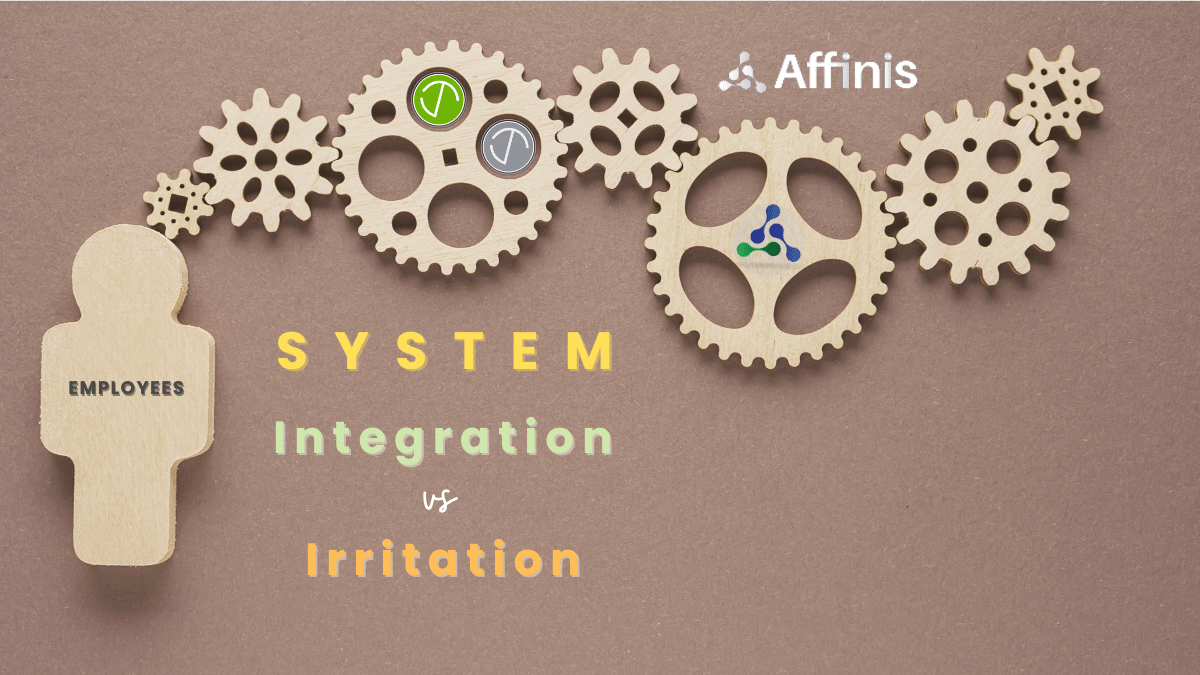In the expanse of the term “research”, financial research by research analysts is one arm that receives a lot of attention. In the realm of finance, where investors seek reliable guidance for their every move, insights and recommendations provided by these analysts play a crucial role in digging out the intricacies of the securities and putting them on the table.
Picture this: Anita, a research analyst, is conducting a thorough analysis of Company A and on behalf of her research firm and publishes a research report recommending a ‘Buy’ on Company A’s stock. However, Anita buys stock in Company A before their report was published.
Is there a problem here? Isn’t Anita simply putting her money where her proverbial mouth is? Isn’t it, in fact, right that is doing what she recommends others do?
The problem is, Anita bought the stock at a cheaper price than everyone else would pay after the publishing of the ‘Buy’ recommendation. It was essentially a trade based on non-public information that she used to her advantage and to the disadvantage of all others who bought it later.
To maintain fairness, transparency, and protect the interests of investors, limitations on trading activities by research analysts exist. In this comprehensive blog post, we talk about the hidden intricacies and shed light on the significant limitations that govern these financial experts.
Who is a Reasearch Analyst according to SEBI?
SEBI defines a ‘Research Analyst’ as a person who is primarily responsible for preparation or publication of the content of the research report, or providing research report, or making ‘buy/sell/hold’ recommendations, or giving price target, or offering an opinion concerning public offer, with respect to the securities, under its regulation 2(u) of Research Analyst Regulation, 2014.
Trading Activities by Research Analysts – What are the regulatory limitations?
The regulations 16(2) and 16(3) of the same RA Regulation talk about the Limitations on trading activities by research analysts. The regulation 16(2) states that an independent research analyst, individuals employed as research analyst by research entity, or their associates shall not deal or trade in securities that the research analyst recommends or follows within thirty days before and five days after the publication of a research report.
And according to the regulation 16(3), an independent research analyst, individuals employed as research analysts by research entity, or their associates shall not deal or trade directly or indirectly in securities that he/ she reviews in a manner contrary to his given recommendations.
Key Limitations on Trading Activities by Research Analysts:
Research Analyst Trading Blackout Periods:
Research analysts are subject to trading blackout periods, which restrict their ability to trade in specific securities during certain timeframes. These blackout periods help prevent potential bias or advantage resulting from advance knowledge of research reports or material non-public information.
Restrictions on Personal Holdings for Research Analyst:
Research analysts are subject to restrictions in holding securities that they cover or provide recommendations on. These restrictions help avoid potential conflicts of interest and ensure that analyst’s personal investments do not compromise the objectivity of their research and recommendations.
Prevention of Market Manipulation by Research Analysts:
Research analysts are expected to refrain from engaging in any activities that may manipulate or create a false or misleading impression. This includes avoiding the dissemination of rumors, false statements or exaggerated claims that could impact the price of the securities.
Compliance and Record-Keeping for Research Analysts:
Research analysts are expected to maintain proper records of their activities, including the basis of their recommendations, research reports, and any change in their ratings or price targets. They must also ensure all the compliance with all applicable regulations.
Restricted Securities for Research Analysts:
Certain securities may have restrictions on their transferability or sale. Research analysts are often prohibited from trading these restricted securities to avoid any perception of impropriety or conflicts of interest.
Compliance with Insider Trading Laws for Research Analysts:
Research analysts must adhere to insider trading laws, which prohibit the use of non-public information for personal gain. This ensures fairness and prevents market manipulation, safeguarding the integrity of the financial markets.
Disclosure Requirements for Research Analysts on Personal Trading:
To enhance transparency and accountability, research analysts are typically required to disclose their personal trading activities. These disclosures help identify potential conflicts of interest and promote trust among investors.
Research Analyst Supervision and Compliance Measures:
Robust supervision and compliance measures are in place to monitor and enforce adherence to trading limitations. Firms implement internal controls, conduct regular audits, and maintain strict record-keeping practices to ensure compliance and detect any potential violations.
Why there is a need for Trading limitations and Information Barriers for Research Analysts.
One cannot ignore the conflicts of interest that occasionally emerge, threatening the responsibility of trust between analysts and investors. These conflicts can arise from personal trading interests or the pressures of investment banking relationships. To preserve the fairness of the financial universe, limitations become essential and so does the existence of regulatory bodies, like SEBI. These regulatory bodies play a crucial role in shaping the conduct of research analysts.
Imagine a sturdy wall erected within financial institutions, separating the departments engaged in research and analysis from those involved in investment banking activities. This is the classic Chinese Wall Principle, which aims to prevent the improper flow of information between these two departments, this ensures that the processes are solely driven by research recommendations and not by potential conflicts of interest arising from investment banking relationships.
An allied regulatory framework is the Investment Banking Code, that emphasizes the importance of integrity and fairness, keeping the investors in mind.
Such code of conduct and limitations on trading activities by research analysts serve a crucial purpose. By imposing these limitations, regulators and firms strive to create a level playing field and build trust among market participants.
How does the trading limitation on Reasearch Analysts affect the securities market?
By maintaining independence and objectivity, research analysts build trust among investors. The presence of clear boundaries helps foster transparency and confidence in the recommendations provided by research analysts. These limitations are reflective of financial integrity. Market participants, including research analysts, regulators, and firms, are required to collectively prioritize ethical conduct, transparency, and investor protection. By embracing and adhering to these limitations, the financial industry can foster trust, maintain market integrity, and create an environment where investors can confidently navigate the vast sea of investment opportunities.
Regulatory compliance systems that manage these compliances alongside Insider Trading must integrate the requirements of these regulations. Advanced systems like Affinis provide integrated modules specifically dealing with the regulations.



